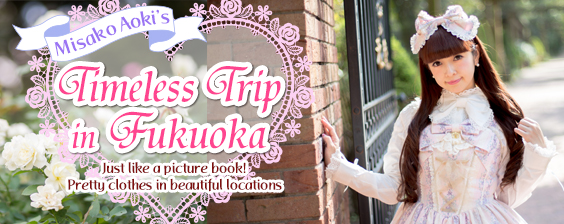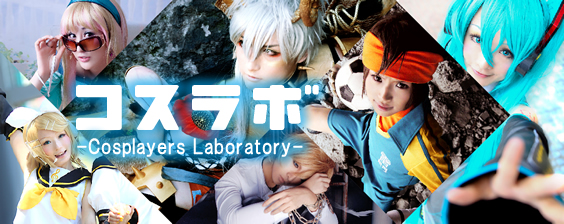- Home
- feature
- Fukuoka Otaku Map
- Fukuoka Otaku Map | Minicar Ga...
Fukuoka Otaku Map | Minicar Gallery PIT HAKATA(1/10)
Previous | Next

Text/Interview:トク(1093)
Boasting a collection of over 3,000 minicars (die-cast toys) from all over the world, this is a store for true purists that is run by an actual automobile company!
The super high level stuff continues! A love affair with the world of cars! There is a time in a lot of young kid's lives when they get absolutely hooked on cars. When I was a child I was really into car-themed cartoons like "Yoroshiku Mechadoc" and "F." Using car-shaped erasers, playing Choro-Q (small toy cars), and messing around with a radio-controlled car… These were a part of my right of passage as far as cars were concerned. I even have a friend that was a massive car enthusiast who went onto own a custom car shop. I guess the must-have item for the baby boom generation's kids was anything connected to cars (lol)!
The focus of this edition is Minicar Gallery PIT HAKATA, a store that boasts a collection of over 3,000 mini-cars (the biggest in Western Japan) from all over the world. The first point to mention about this place, is that it is run by an actual automobile company. Starting from just the owner's love of minicars, it has already been 15 years since it opened as a shop, and it is now a fully-fledged professional store. Based not far from the airport in Enokida, Hakata-Ku, Fukuoka-shi, it is a little bit out of the way from the city center. But as we continue the "Fukuoka Otaku Map" series, you might notice that there are plenty of cool stores featured, which are not right in the center of the city!(lol) About a 10 minute walk from the Higashi-hie subway station, it's located in a gallery-like space in the second floor of the Hikari Jidosha building, the car company that runs the shop. It might be hard to tell that there is also a store specializing in minicars inside at just a glance, but the "PIT" logo on the door lets you know that you are in the right place.
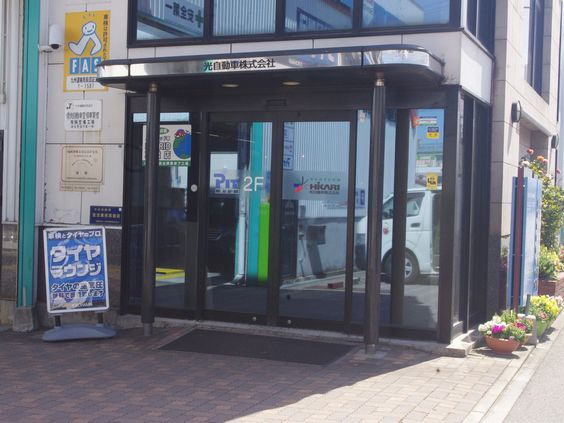
At a glance it looks like a normal automobile company building, so you might well pause for a second before you enter!
Every possible type of car is waiting for you upstairs! With new and old items from all over the world, the amount of stock is sure to blow you away. Minicars are not just a simple thing for children enjoy. A die-cast (a method that uses moulds and involves pouring melted metal into highly accurate casts, allowing for high levels of production in a short period of time) minicar is intricate and high in quality. As collectable items they have gained a large following and there is now a market for them worldwide. 90% of fans are said to be male and with a great deal of enthusiasts in their 40s, it is evident that minicars get a lot of attention from the "dankai junior generation." But they are loved by a huge range of ages, from youngsters below the age of 20, to people over the age of 70. Starting out in Shonen Jump in 1977, Satoshi Ikezawa's original manga "Circuit no Okami (The Circuit Wolf)" was a major factor in triggering a super car boom, as well as the whirlwind of excitement that went along with it. Whether it was a Lamborghini Countach LP 400, Ferrari 512 Berlinetta Boxer, Lotus Europe SP to Porsche 930 Turbo, or a Toyota 2000 GT, everyone was totally captivated by the super cars that were featured in the series.
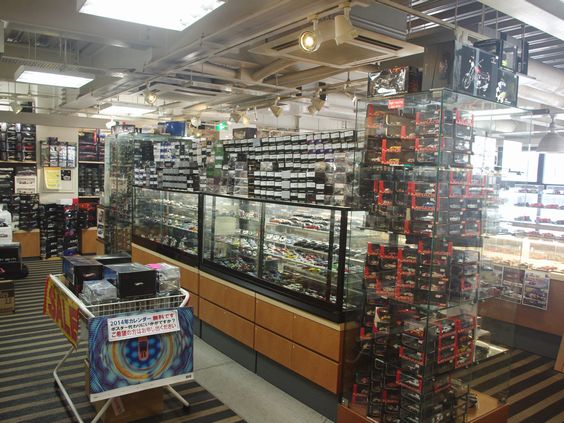
An absolute dreamland, the amount of minicars is simply overwhelming!
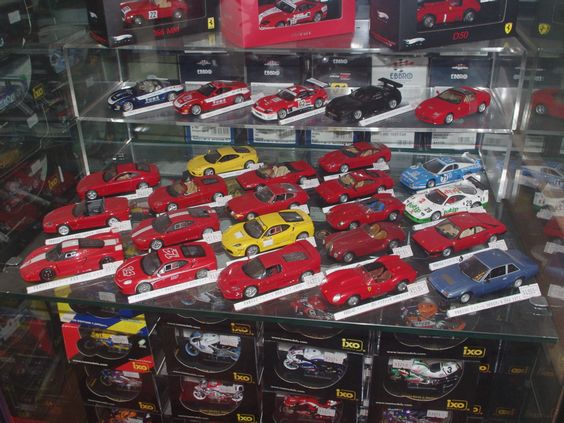
There are so many items that you could spend an entire day just looking through the display cases!
With many adults into minicars, an important factor to consider is the price range for different items. One car can cost in the region of 20,000 yen, which is certainly not cheap. However, aside from just the engines, which are intricately put together under specifications that match the real things, they also have steering wheels and tires that are connected together just like an actual car. To be honest, when I think about what must go into making these items, and considering it as an all or nothing kind of thing that people have to really commit to, I guess the price is understandable. And when you compare this to other items that people collect, such as paintings, pottery or tin toys, I think for creative work, this kind of price is pretty reasonable. If you look at minicars across the world, there are more than 100 manufacturers, many that go back a long time. For example, the Matchbox company in England was established in 1950, so already has well over 50 years of history. There is also Germany's Mini Champs, whose products are designed domestically, but produced in Chinese factories. These kinds of set-ups and business practices have become a pretty standard way of doing things. There is a number of pioneering manufacturers in the industry. If we looked at each one's respective history we would probably need another 5 articles (lol)!
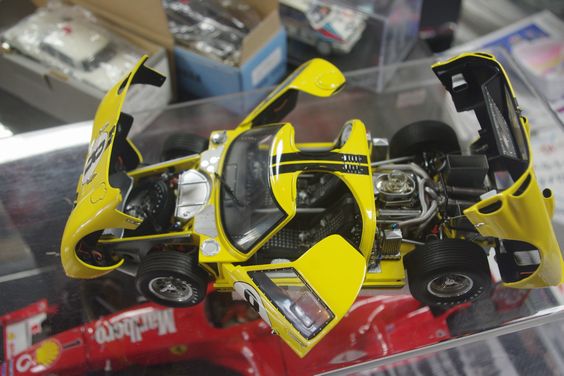
You can even take a look at the fine detail that goes into making them. It really is astonishing!
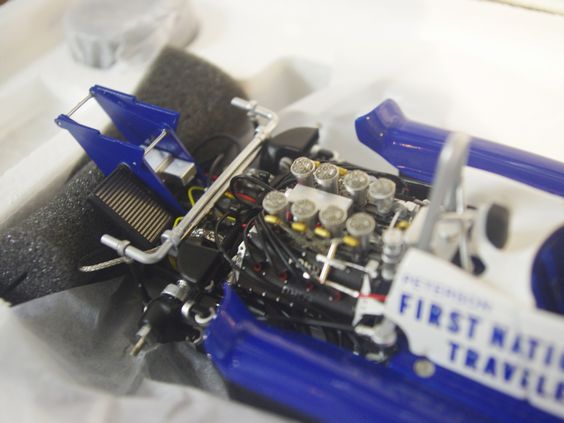
This is how the engine is put together. You wouldn't usually be able to see this!
The focus of this edition is Minicar Gallery PIT HAKATA, a store that boasts a collection of over 3,000 mini-cars (the biggest in Western Japan) from all over the world. The first point to mention about this place, is that it is run by an actual automobile company. Starting from just the owner's love of minicars, it has already been 15 years since it opened as a shop, and it is now a fully-fledged professional store. Based not far from the airport in Enokida, Hakata-Ku, Fukuoka-shi, it is a little bit out of the way from the city center. But as we continue the "Fukuoka Otaku Map" series, you might notice that there are plenty of cool stores featured, which are not right in the center of the city!(lol) About a 10 minute walk from the Higashi-hie subway station, it's located in a gallery-like space in the second floor of the Hikari Jidosha building, the car company that runs the shop. It might be hard to tell that there is also a store specializing in minicars inside at just a glance, but the "PIT" logo on the door lets you know that you are in the right place.

Every possible type of car is waiting for you upstairs! With new and old items from all over the world, the amount of stock is sure to blow you away. Minicars are not just a simple thing for children enjoy. A die-cast (a method that uses moulds and involves pouring melted metal into highly accurate casts, allowing for high levels of production in a short period of time) minicar is intricate and high in quality. As collectable items they have gained a large following and there is now a market for them worldwide. 90% of fans are said to be male and with a great deal of enthusiasts in their 40s, it is evident that minicars get a lot of attention from the "dankai junior generation." But they are loved by a huge range of ages, from youngsters below the age of 20, to people over the age of 70. Starting out in Shonen Jump in 1977, Satoshi Ikezawa's original manga "Circuit no Okami (The Circuit Wolf)" was a major factor in triggering a super car boom, as well as the whirlwind of excitement that went along with it. Whether it was a Lamborghini Countach LP 400, Ferrari 512 Berlinetta Boxer, Lotus Europe SP to Porsche 930 Turbo, or a Toyota 2000 GT, everyone was totally captivated by the super cars that were featured in the series.


With many adults into minicars, an important factor to consider is the price range for different items. One car can cost in the region of 20,000 yen, which is certainly not cheap. However, aside from just the engines, which are intricately put together under specifications that match the real things, they also have steering wheels and tires that are connected together just like an actual car. To be honest, when I think about what must go into making these items, and considering it as an all or nothing kind of thing that people have to really commit to, I guess the price is understandable. And when you compare this to other items that people collect, such as paintings, pottery or tin toys, I think for creative work, this kind of price is pretty reasonable. If you look at minicars across the world, there are more than 100 manufacturers, many that go back a long time. For example, the Matchbox company in England was established in 1950, so already has well over 50 years of history. There is also Germany's Mini Champs, whose products are designed domestically, but produced in Chinese factories. These kinds of set-ups and business practices have become a pretty standard way of doing things. There is a number of pioneering manufacturers in the industry. If we looked at each one's respective history we would probably need another 5 articles (lol)!


Of course super cars are very popular, but there is also a steady stream of fans that are into older style vehicles. Known as classic and historical cars, most of these were manufactured several decades ago. Featuring shapes that you don't often see in cars today, lots of people have fallen for their rugged, loveable quality and appearance. One of the most popular cars is the Subaru 360. Developed by Fuji Heavy Industries Ltd. (Subaru Corporation), kei jidosha (small cars) grew in popularity to such an extent that around 392,000 vehicles were produced across a 12 year period, from 1958 to 1970. Able to fit 4 adults, comfortable to drive, and equipped with good suspension, the so-called "ladybug" was one such car that received high praise from the industry, did well in the market, and helped contribute to an era of motorization in Japanese society. Recognized as a classic car that is still in use today, in the world of minicar they are adored by all age groups.
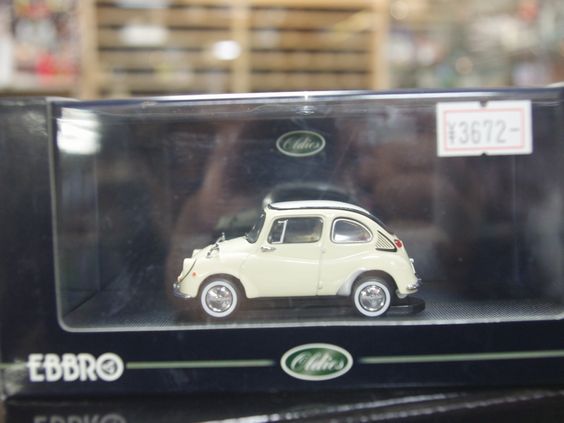
The round shape is so cute!
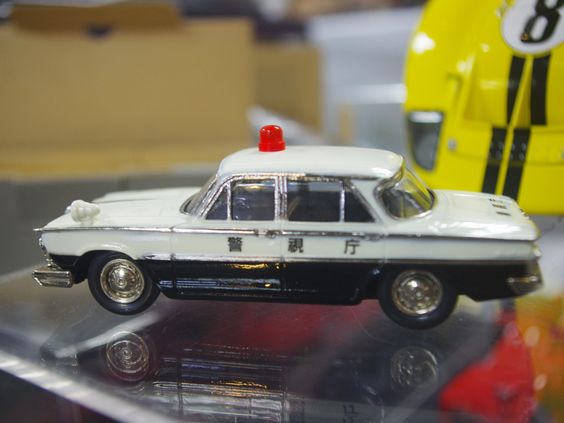
Look, its the police car from Lupin the Third, "Castle of Cagliostro!"
The market for minicars in Fukuoka is not that big, but thanks to the internet you can now order items online from anywhere in the country. Business people might also have the chance to pick up something that they have seen online during a work-related trip. And it's these kinds of things that have helped minicars to really gain traction and take root in the area. Recently, young customers from Asia have been visiting every so often and purchasing around 5 to 6 domestically produced minicars in one go. So there really is worldwide interest! Allowing you to get a glimpse into the manufacturing process, this enjoyable otaku hobby is a pastime that connects fans from all over the world. What a fantastic thing! This is a shop where you can really get stuck in and enjoy the world of minicars.


The market for minicars in Fukuoka is not that big, but thanks to the internet you can now order items online from anywhere in the country. Business people might also have the chance to pick up something that they have seen online during a work-related trip. And it's these kinds of things that have helped minicars to really gain traction and take root in the area. Recently, young customers from Asia have been visiting every so often and purchasing around 5 to 6 domestically produced minicars in one go. So there really is worldwide interest! Allowing you to get a glimpse into the manufacturing process, this enjoyable otaku hobby is a pastime that connects fans from all over the world. What a fantastic thing! This is a shop where you can really get stuck in and enjoy the world of minicars.
PIT Hakata is HERE!
PIT HAKATA
Products: Minicars, etc.
Address:2F Hikari Jidosha (Kabushiki Gaisha) 2-4-80 Enokida, Hakata-ku, Fukuoka-shi
[*Closed: February 2019]
Official Website: http: www.pitfukuoka.jp
*All information correct as of April 2015.
Address:
[*Closed: February 2019]
Official Website: http: www.pitfukuoka.jp
*All information correct as of April 2015.
Previous | Next
 Measures and provisions are being taken at various locations in an effort to prevent the spread of the new coronavirus.
Measures and provisions are being taken at various locations in an effort to prevent the spread of the new coronavirus.









